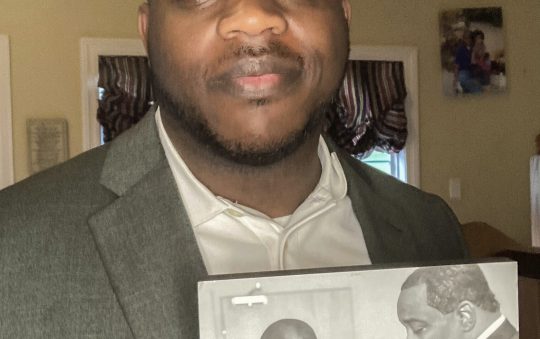
Coronavirus emphasized the impact of pre-existing obstacles: homelessness, unemployment and lack of digital resources by the demographic.
There has been a call to close the digital divide for over 25 years. Alongside the other noted adversities, people are being exposed to rapid levels of tragedy and devastation, as coronavirus continues to attack more than the human body.
Pioneers who foreseen the impact of having a digital divide, before millions of children were not able to attend school remotely, described a solution to a wider net of broadband access. Larry Irving, Internet Hall of Fame Honoree, who coined the term Digital Divide, saw the great possibilities in humans if there’s a equal access to technology.
The Digital Divide is the term to describe “The gulf between those who have ready access to computers and the internet, and those who do not.” However, the significance of that division is living and breathing. People are living without access to the source of human advancement. Irving shared his take on the widening gap in the lack of digital resources that is peaking in the COVID-19 pandemic.
Irving described a low-income household experience the stress of having to choose between paying their car note or keeping the internet connected, he confirmed, “Broadband is going to go first.”
The digital divide affects people of color and those who live in rural and urban communities. future scholars deserve better than writing their entire term paper on their smartphones because they do not have access to their computers. Millions of Americans are having to think outside the box, just to remain inside civilization.
Irving confirmed that 60% of Detroit have homes without proper broadband connection, 40% of Houston faces the same problem. According to Irving, the numbers fluctuate throughout the states, but the common denominator is the need for a national policy, digitally supporting the people across America. It is within our right to receive a higher education; it is within our culture for freedom and liberation. Deities such as the “Homework Gap” and the Digital Divide has been a weight on collective advancement, before the era where an entire computer could fit in the palm of your hand.
Irving expressed the need for broadband equality to be included in future stimulus packages. He brought up a potent factor, Capitol Hill is dispersing trillions of dollars, creating grace-period plans for residential and commercial property fees, and setting aside resources for the first response occupations. The digital divide has not received the same attention.
The most at risk, are people of color. Preliminary race and ethnicity research were identified at the L.A. County Press Conference on April 7. Confirming within 93 fatal cases, 19% were Asian, 17% were African American, 28% were Latino, 27% were white and 9% were identified as being another race. Looking at these numbers by the total population of each group, Barbara Ferrer, Director of Public Health disclosed as of April 7.
Black people have a “slightly higher rate” in coronavirus deaths, than any other ethnicity. Considering the demographics of the digital divide, there is a lot of Black and Brown people that are on the wrong side of the division in resources to technology, amid a direct attack on our lives.
Coronavirus interrupted our way of living, but it also silenced unnecessary chatter for the real quality conversation of closing the connection gap; the issues the digital divide became stronger and more prominent. As I stated before, the information that is affecting the African American community directly, showcases the necessary need to create a stronger bond in communication and assistance within the collective. This evidence calls for resources that are far beyond what’s available to the general public.







